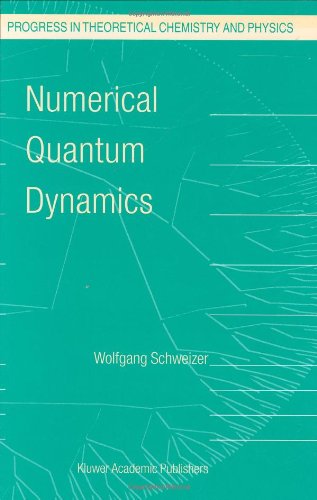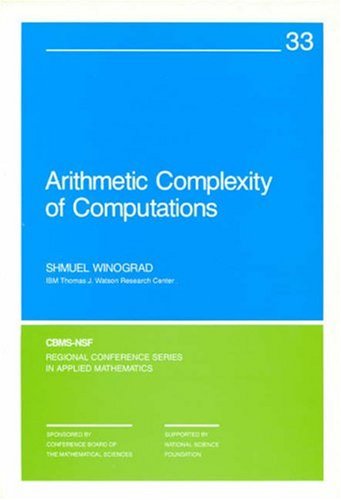Wolfgang Schweizer (auth.)1402002157, 9781402002151, 9780306476174
It is an indisputable fact that computational physics form part of the essential landscape of physical science and physical education. When writing such a book, one is faced with numerous decisions, e. g. : Which topics should be included? What should be assumed about the readers’ prior knowledge? How should balance be achieved between numerical theory and physical application? This book is not elementary. The reader should have a background in qu- tum physics and computing. On the other way the topics discussed are not addressed to the specialist. This work bridges hopefully the gap between – vanced students, graduates and researchers looking for computational ideas beyond their fence and the specialist working on a special topic. Many imp- tant topics and applications are not considered in this book. The selection is of course a personal one and by no way exhaustive and the material presented obviously reflects my own interest. What is Computational Physics? During the past two decades computational physics became the third fun- mental physical discipline. Like the ‘traditional partners’ experimental physics and theoretical physics, computational physics is not restricted to a special area, e. g. , atomic physics or solid state physics. Computational physics is a meth- ical ansatz useful in all subareas and not necessarily restricted to physics. Of course this methods are related to computational aspects, which means nume- cal and algebraic methods, but also the interpretation and visualization of huge amounts of data. |
Table of contents :
Introduction to Quantum Dynamics….Pages 1-34
Separability….Pages 35-53
Approximation by Perturbation….Pages 55-93
Approximation Techniques….Pages 95-132
Finite Differences….Pages 133-153
Discrete Variable Method….Pages 155-207
Finite Elements….Pages 209-253
Software Sources….Pages 255-259 |







Reviews
There are no reviews yet.